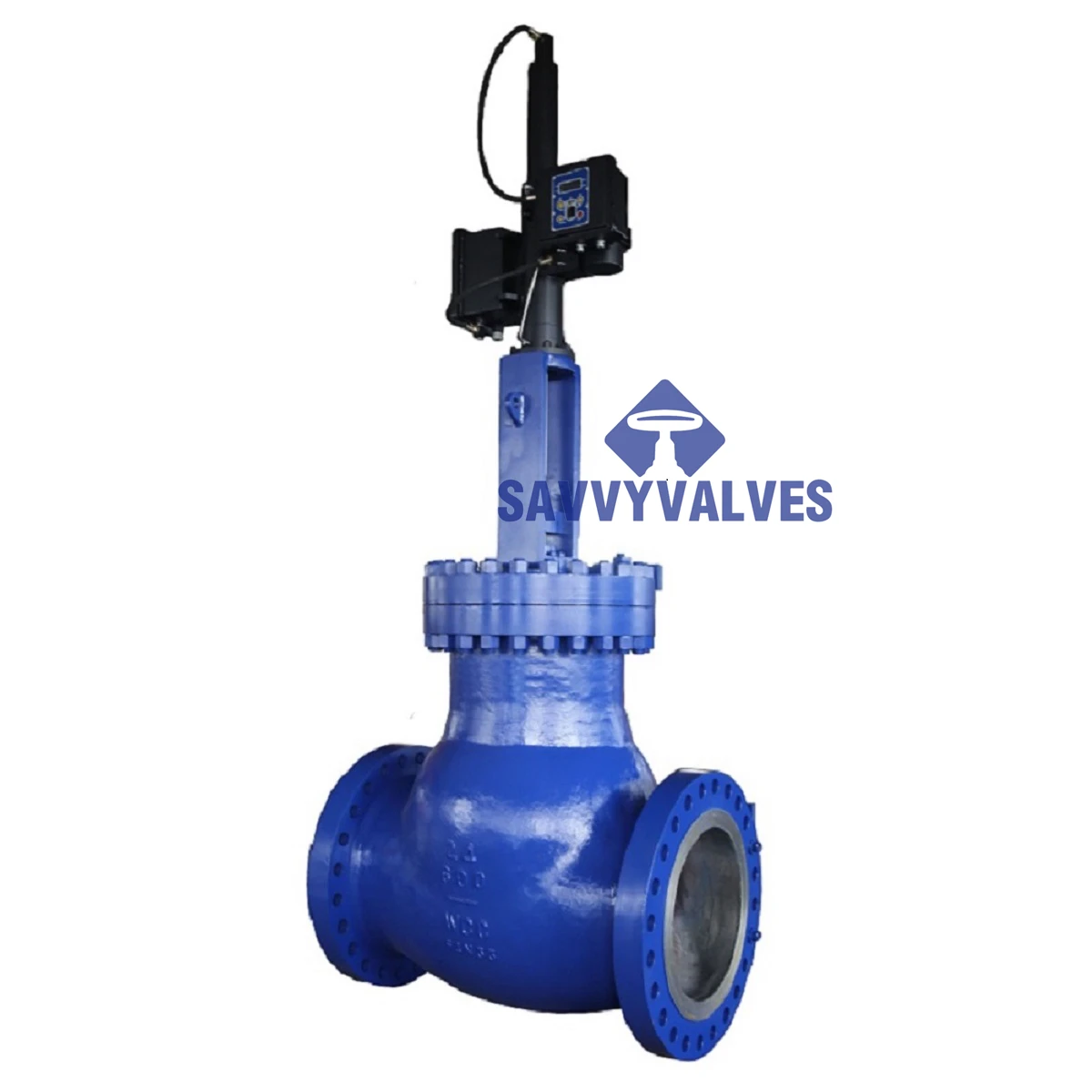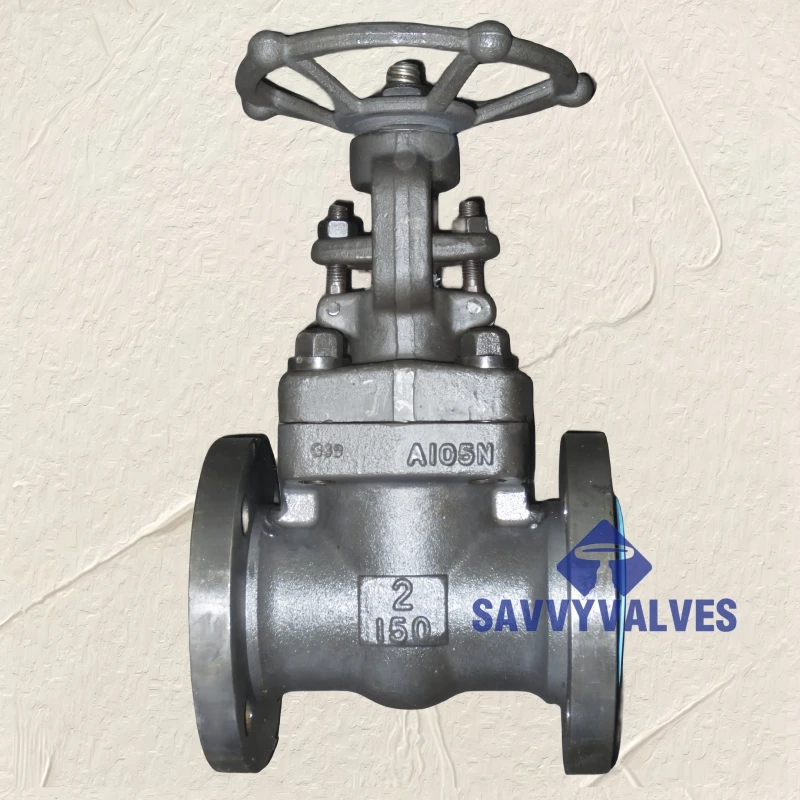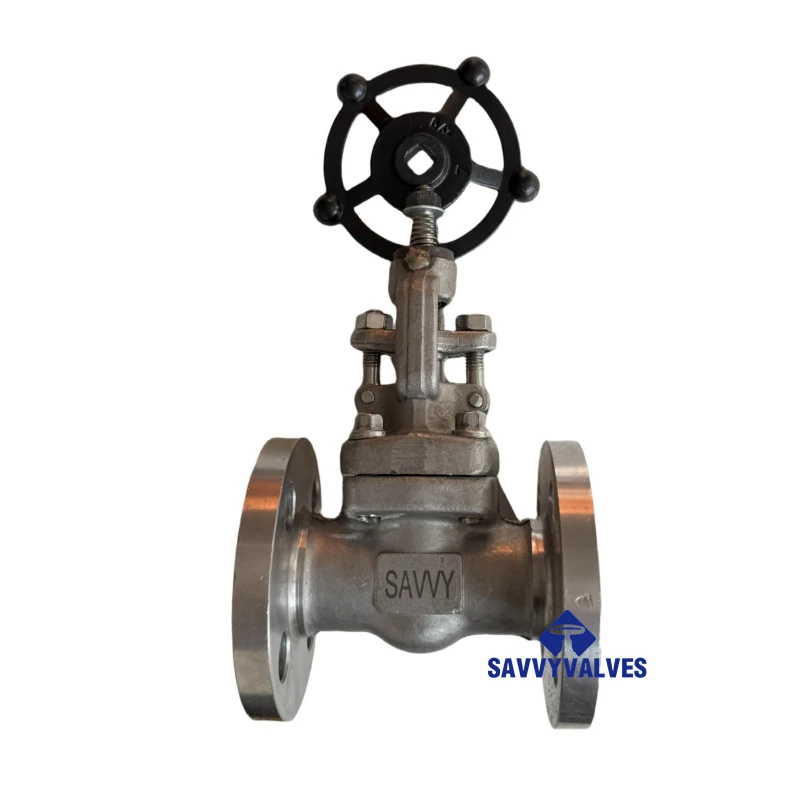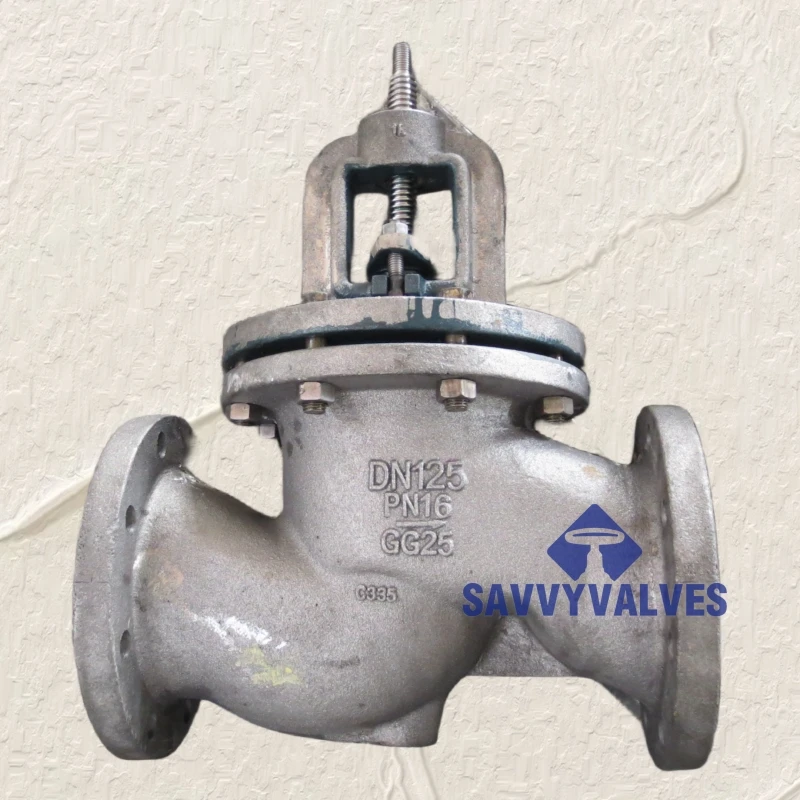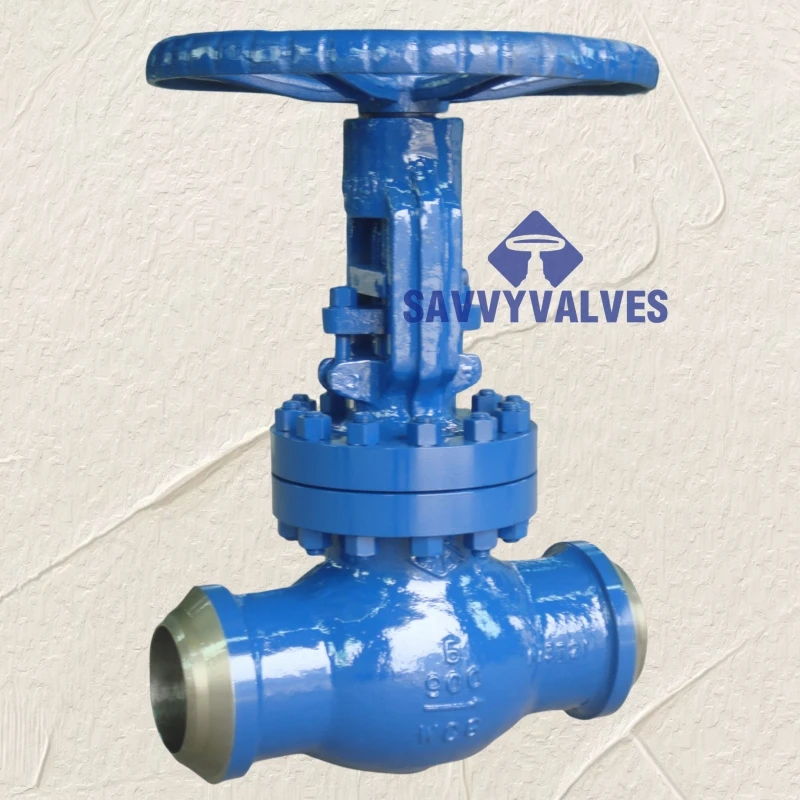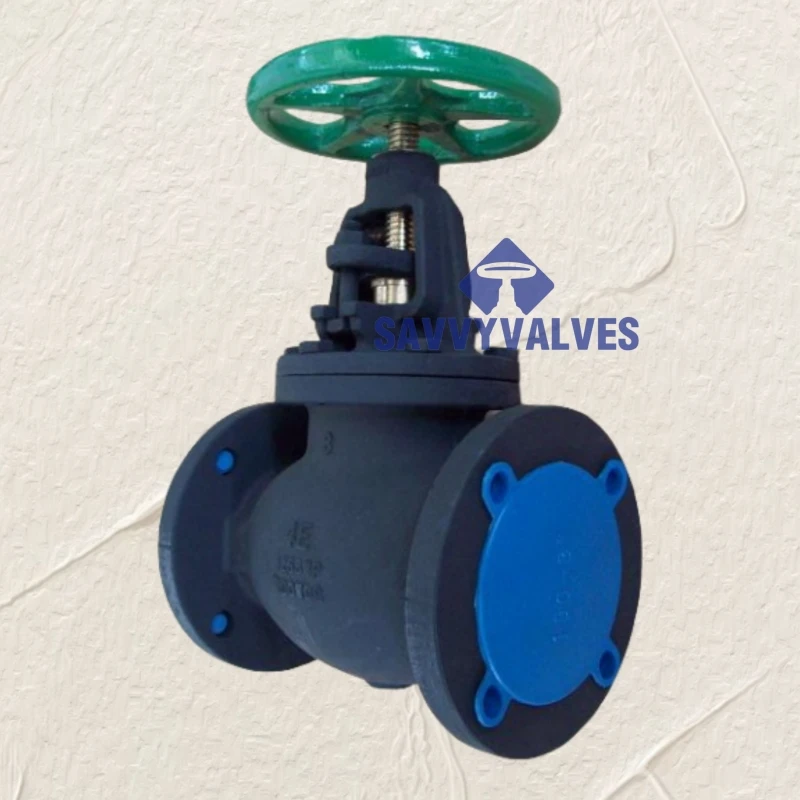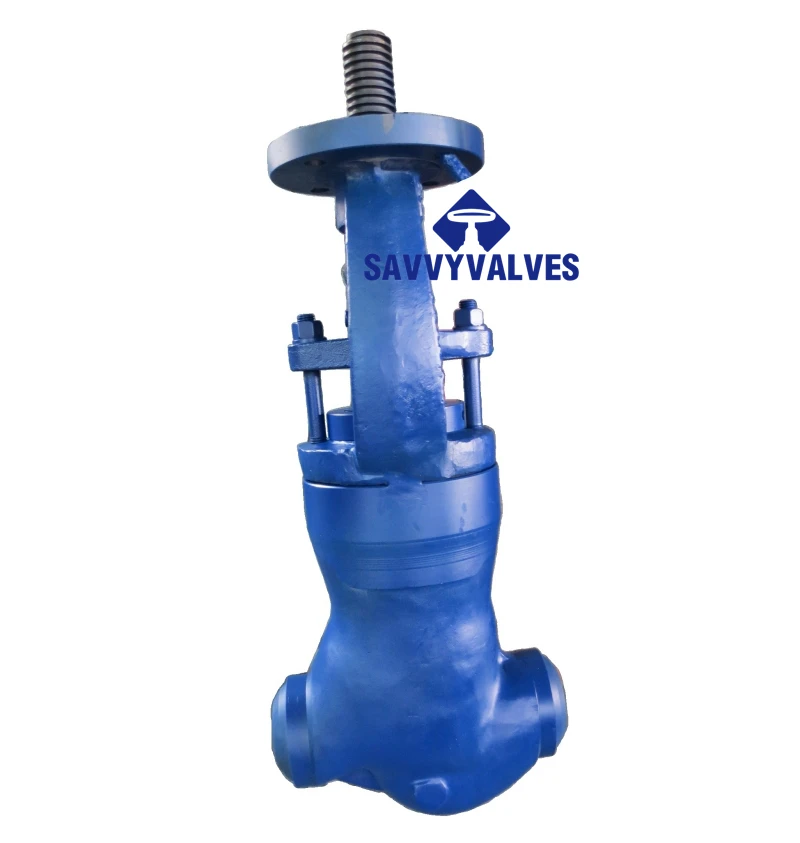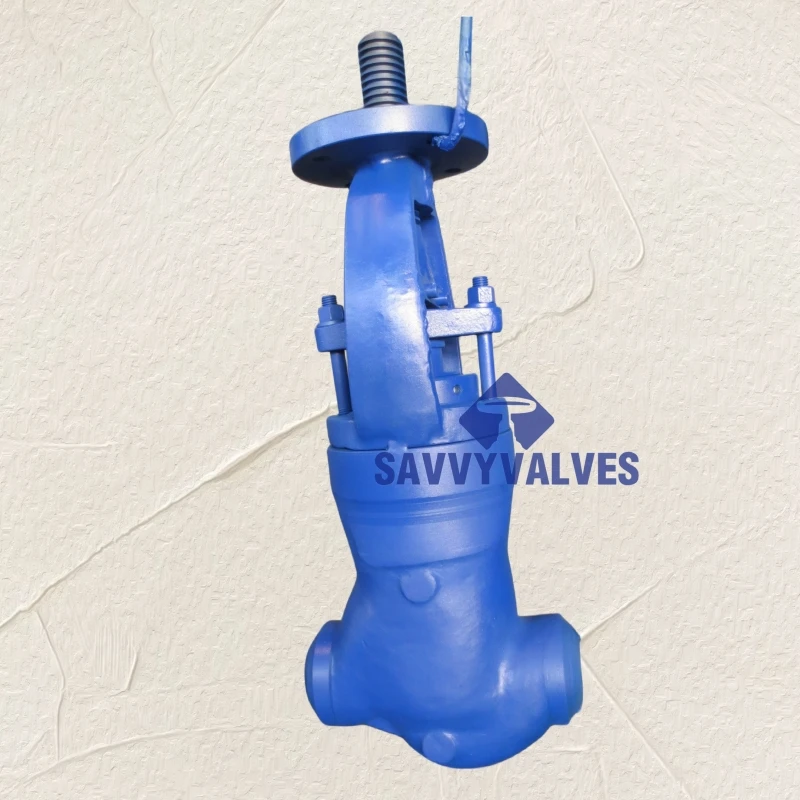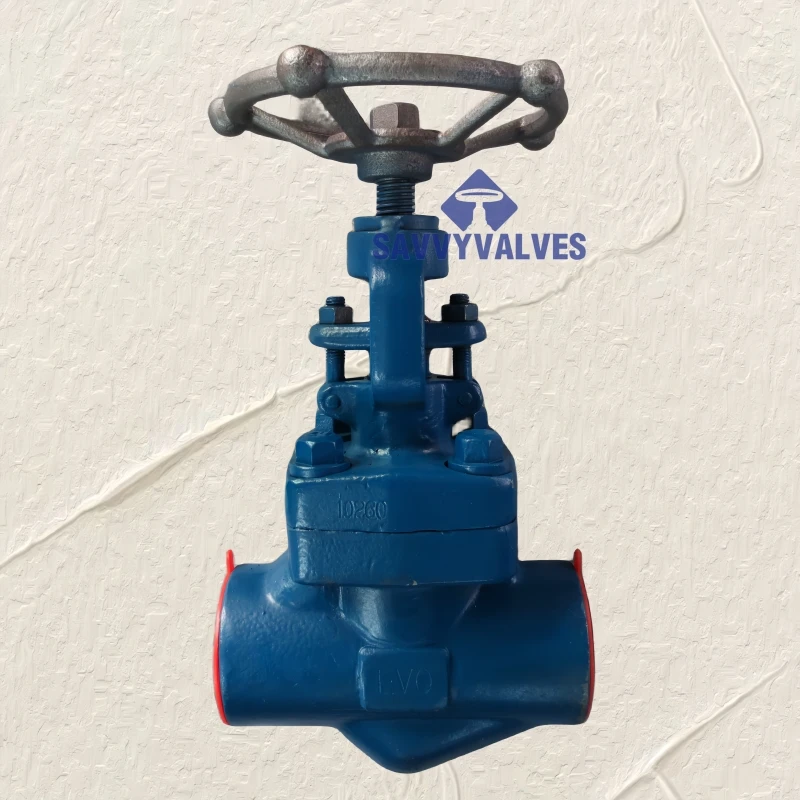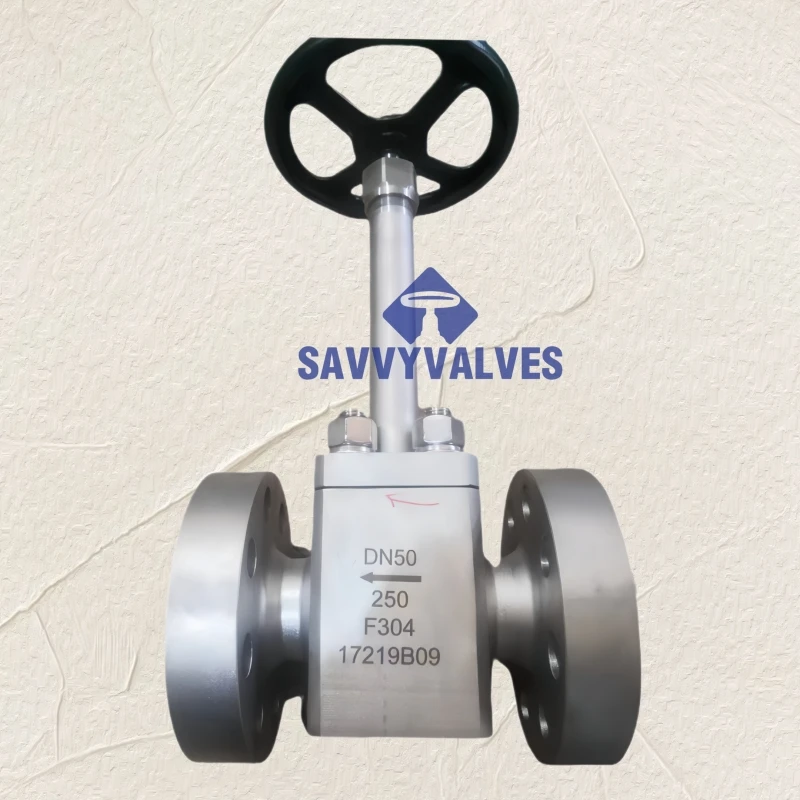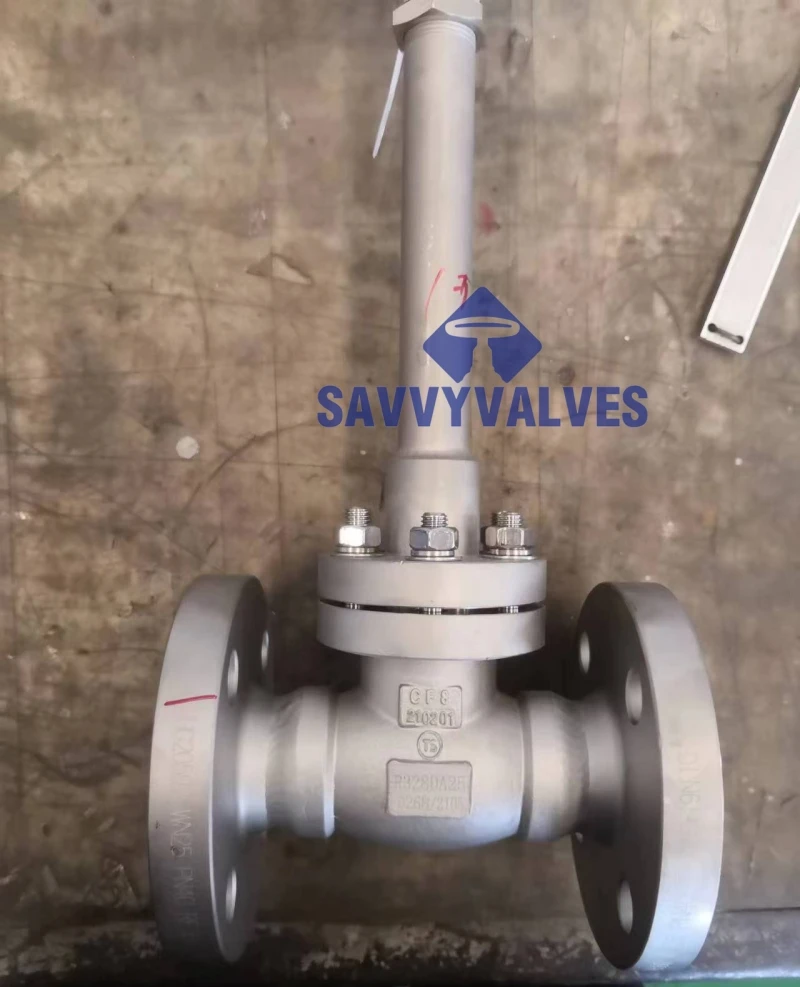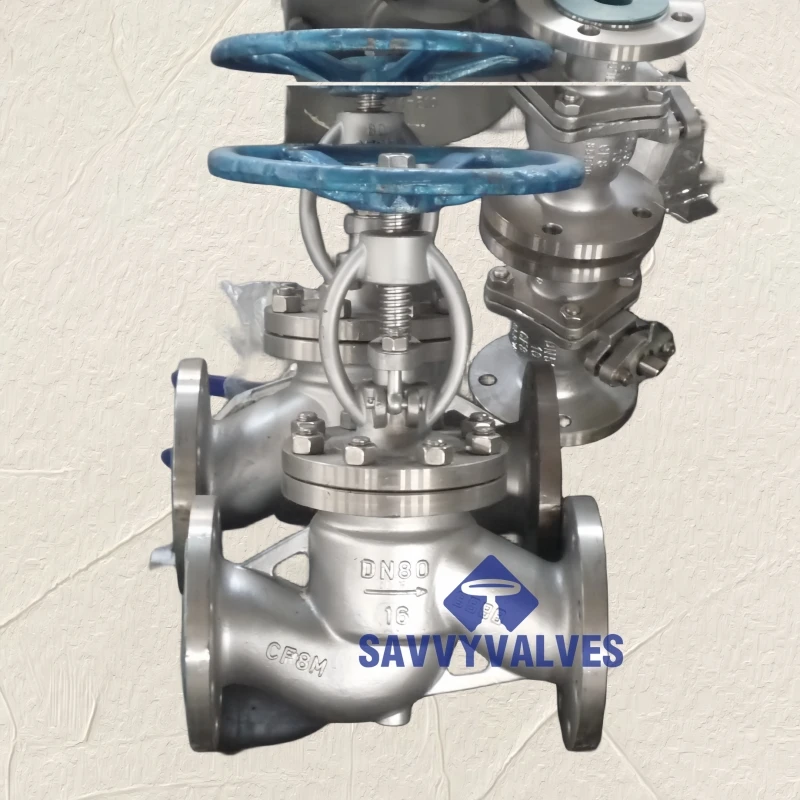Zawory kulowe
-
PRZYKŁADOWE SPECYFIKACJE
ROZMIAR: 24″
OCENA:600LB
NADWOZIE I MASKA: ASTM A216 WCC
WTYCZKA: ASTM A182 F316 +STELLITA 6
TRZPIEŃ: ASTM A182 F6A
KLATKA: ASTM A276 416
SIEDZISKO: ASTM A105+STELLITA 6
NAPĘD: SIŁOWNIK ELEKTRYCZNY HYDRAULICZNY
-
ZDJĘCIE PRZEDSTAWIA DANE TECHNICZNE PONIŻEJ
ROZMIAR: 2″
OCENA:150LB
STRUKTURA: MASKA PRZYKRĘCANA, OS&Y, RS
NADWOZIE I MASKA: ASTM A105
TARCZA: ASTM A105+STELLIT 6
TRZPIEŃ: ASTM A182 F316
SIEDZISKO: ASTM A182 F316+STELLITA 6
NAPĘD: KOŁO RĘCZNE
-
Rozmiar: ¾"
Nośność: 150 funtów (klasa ASME 150)
Kluczowe materiały (normy ASTM):
Korpus/Maska/Tarcza/Trzpień/Siedzisko: A182 F51 (stal nierdzewna Duplex)
Operator: Obsługiwane za pomocą pokrętła
Koniec połączenia: kołnierz RF (podniesiona powierzchnia)
Konfiguracja: Wzór prosty
Wykończenie powierzchni: piaskowane i odtłuszczone
Zakres temperatur: -29°C do 425°C
Zgodność z usługami: Zastosowania w wodzie morskiej
-
ZDJĘCIE PRZEDSTAWIA DANE TECHNICZNE PONIŻEJ
ROZMIAR:DN125
OCENA:PN16
KORPUS I MASKA: GG25
TARCZA: ASTM 536 65-45-12 + BRĄZ B62/B148
WAŁ: STAL NIERDZEWNA 304
SIEDZISKO: STAL NIERDZEWNA 304
KOŁO RĘCZNE: ŻELIWO SFEROIDALNE
-
ZDJĘCIE PRZEDSTAWIA SPECYFIKACJĘ PONIŻEJ
ROZMIAR: 6″
OCENA: 900LB
KONIEC: BW ZGODNIE Z ASME B16.25
TEMPERATURA: -29 ℃~425 ℃
NADWOZIE I MASKA: ASTM A216WCB
TARCZA: STAŁA ASTM A182 F304+HF
TRZPIEŃ: ASTM A182 F304
SIEDZISKO: HF METAL
NAPĘD: KOŁO RĘCZNE
-
ZDJĘCIE PRZEDSTAWIA DANE TECHNICZNE PONIŻEJ
ROZMIAR: 8″
OCENA:125LB
KORPUS I MASKA: ASTM 536 65-45-12
TARCZA: ASTM 536 65-45-12 + BRĄZ B62/B148
TRZONEK: BRĄZ B62/B148
SIEDZISKO: BRĄZ B62/B148
KOŁO RĘCZNE: ŻELIWO SFEROIDALNE
-
Typ zaworu: Zawór kulowy (opcjonalnie z zaworem stop-check)
Norma projektowa: ASME B16.34 / API 623 (zawory kulowe ze stali kutej)
Rozmiar (NPS): 3 cale (3")
Klasa ciśnienia: ASME Klasa 1500 (1500 funtów)
Materiał korpusu i maski: ASTM A217 WC6 (odlewana stal stopowa Cr-Mo do pracy w wysokich temperaturach)
Typ maski: Maska z uszczelnieniem ciśnieniowym (samouszczelniająca) (Ulepszone uszczelnienie pod wysokim ciśnieniem)
Połączenie końcowe: spawanie doczołowe (BW) zgodnie z normą ASME B16.25
Charakterystyka przepływu: liniowa (możliwość precyzyjnego dławienia)
Powierzchnie styku siedziska i tarczy: napawany stellit 6/21 (stop kobaltu i chromu)
Zapewnia ekstremalną odporność na erozję parową, zatarcie i korozję w wysokiej temperaturze.
-
ZDJĘCIE PRZEDSTAWIA DANE TECHNICZNE PONIŻEJ
ROZMIAR: 3″
OCENA:1500LB
STRUKTURA: MASKA PRZYKRĘCANA, OS&Y
NADWOZIE I MASKA: ASTM A217 WC9
TARCZA: ASTM A217 WC9+STELLITA 6
TRZPIEŃ: ASTM A182 F316
SIEDZISKO: ASTM A182 F22+STELLITA 6
NAPĘD: SIŁOWNIK ELEKTRYCZNY
-
ZDJĘCIE PRZEDSTAWIA DANE TECHNICZNE PONIŻEJ
ROZMIAR: 1″
OCENA:800LB
NADWOZIE I MASKA: ASTM A105
TARCZA: ASTM A105+STELLIT 6
TRZPIEŃ: ASTM A182 F316
SIEDZISKO: ASTM A182 F316+STELLITA 6
NAPĘD: KOŁO RĘCZNE
-
ZDJĘCIE PRZEDSTAWIA SPECYFIKACJĘ PONIŻEJ
ROZMIAR: DN50
OCENA: PN250
KONIEC: RF zgodnie z ASME B16.5
TEMPERATURA: -196 ℃
NADWOZIE I MASKA: ASTM A182 F304
KLIN: STAŁY ASTM A182 F304+HF
TRZPIEŃ: ASTM A182 F304
SIEDZISKO: HF METAL
NAPĘD: KOŁO RĘCZNE
-
ZDJĘCIE PRZEDSTAWIA SPECYFIKACJĘ PONIŻEJ
ROZMIAR: 3″
OCENA: 300LB
KONIEC: RF zgodnie z ASME B16.5
TEMPERATURA: -196 ℃
NADWOZIE I MASKA: ASTM A351 CF8
KLIN: STAŁY ASTM A182 F304+HF
TRZPIEŃ: ASTM A182 F304
SIEDZISKO: HF METAL
NAPĘD: KOŁO RĘCZNE
-
ZDJĘCIE PRZEDSTAWIA SPECYFIKACJĘ PONIŻEJ
ROZMIAR: DN80
OCENA: PN16
KONIEC: RF zgodnie z ASME B16.5
TEMPERATURA: -29 ℃~425 ℃
NADWOZIE I MASKA: ASTM A351 CF8
TARCZA: STAŁA ASTM A182 F304+HF
TRZPIEŃ: ASTM A182 F304
SIEDZISKO: HF METAL
NAPĘD: KOŁO RĘCZNE
A globe valve is a linear motion valve primarily used to start, stop, and regulate fluid flow in a pipeline. Its internal structure includes a movable disk-type element and a stationary ring seat in a generally spherical body—hence the name "globe" valve. When the actuator or handwheel is turned, the stem moves the plug up or down, altering the flow path and providing throttling control. This design offers a good shutoff capability and is well-suited for applications where precise flow regulation is required. Due to the tortuous flow path, globe valves tend to have higher pressure drops than other types, but they compensate with excellent control accuracy. They are often used in chemical processing, power generation, and oil and gas systems where controlled flow and tight sealing are essential. Globe valves can handle various fluids including steam, water, oil, and gas, and are available in manual, pneumatic, or electric actuation versions. Their versatility and dependable operation make them a top choice for systems requiring modulation or frequent operation.
- 1
- 2

